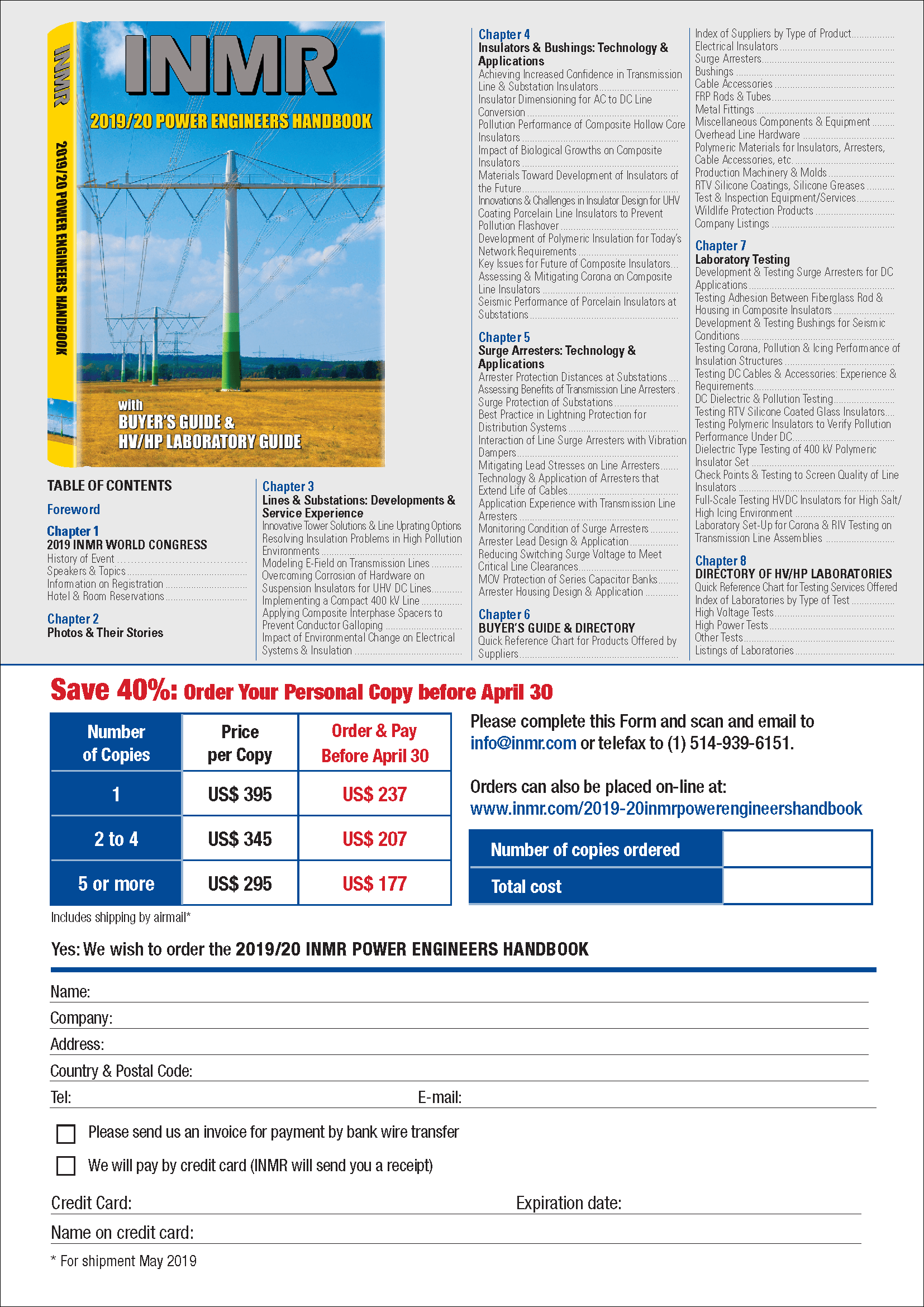

Which dimensions and variables for social innovation emerge from the study of the activities conducted by the ADEL in the semiarid region of Ceará? Regarding what has been presented, this study proposes to answer the following research question: In addition, the Tardif and Harrisson’s (2005) table was used in Brazil as an instrument in the study conducted by Maurer (2011) in which she analysed social innovations in the craftwork sector in the Brazilian state of Rio Grande do Sul. Besides that, from the defined reference, it was possible to visualize emerging dimensions coming from a very different context.

Moreover, the work comes from the Centre de Recherche sur Les Innovations Sociales (CRISES), a Canadian institution renowned worldwide for its efforts on social innovation. The table was chosen as a tool to investigate the dimensions of social innovation because of its analytical range regarding many previous studies. Moreover, the table is built on five analytical dimensions used for identifying social innovations (transformation, innovative character, innovation, actors and processes). In this sense, alternatives on social innovation in communities in the semiarid region of Ceará would present new opportunities to reach the improvement of life quality, and to enable the establishment of new relationships among its inhabitants.īased on the perspective of change introduced, this study proposes, holding as reference the table presented by Tardif and Harrisson (2005), to identify the existing and emerging dimensions of social innovation by studying the Agência de Desenvolvimento Local (ADEL – Agency of Local Development in Portuguese) and its main programmes.
#INMR ACRONYM DRIVERS#
The author highlighted that the academic interest and further increase in the value of rural environment occurs because of the search for ways to address to the urban and environmental crises as well as to regional and social inequalities, given the exhaustion of big metropolises, which bring about the degradation of life quality.Ĭoncerning this context, Andrew and Klein (2010) pointed out to the persistence of “perverse problems” in society that seem to be untreatable by simple public policies as the main drivers for social innovation. These changes contribute for the area to be no longer understood through the homogenizing view, as the counterpoint of the urban space and exclusively related to agricultural production. In this sense, it is understood that as particularities in the Brazilian northeast, in its semiarid region and in the state of Ceará are observed, it is possible to identify opportunities that enable life-changing conditions for its inhabitants.Īccording to Mattos (2011), the rural space in Brazil undergoes significant and incontestable transformations, which reveal new forms of sociability led by a network of social actors.


(2008) reinforce that opportunities for innovation appear in as much as we rethink the way we observe reality. To Butkevičiene (2009), social innovations might be considered means to create social change, fostering mechanisms to deal with different sorts of problems.Ĭajaiba-Santana (2012) affirmed that the specific creative process for this kind of innovation lies in the way new ideas manifested within social actions lead to change and convey new alternatives as well as practices for social groups. Social innovation emerges as the result of knowledge applied to social needs, through the participation and cooperation of the actors involved, resulting in new and long-lasting solutions for social groups, communities or society as a whole, according to Bignetti (2011).
#INMR ACRONYM FULL#
The full terms of this licence may be seen at ĭeveloping actions to generate alternatives that contribute with the improvement in well-being for low-income individuals is essential for reducing social disparities. Anyone may reproduce, distribute, translate and create derivative works of this article (for both commercial and non-commercial purposes), subject to full attribution to the original publication and authors. This article is published under the Creative Commons Attribution (CC BY 4.0) licence. Published in Innovation & Management Review. Copyright © 2019, Ana Clara Aparecida Alves de Souza, Bruno de Souza Lessa and José Carlos Lázaro da Silva Filho.


 0 kommentar(er)
0 kommentar(er)
